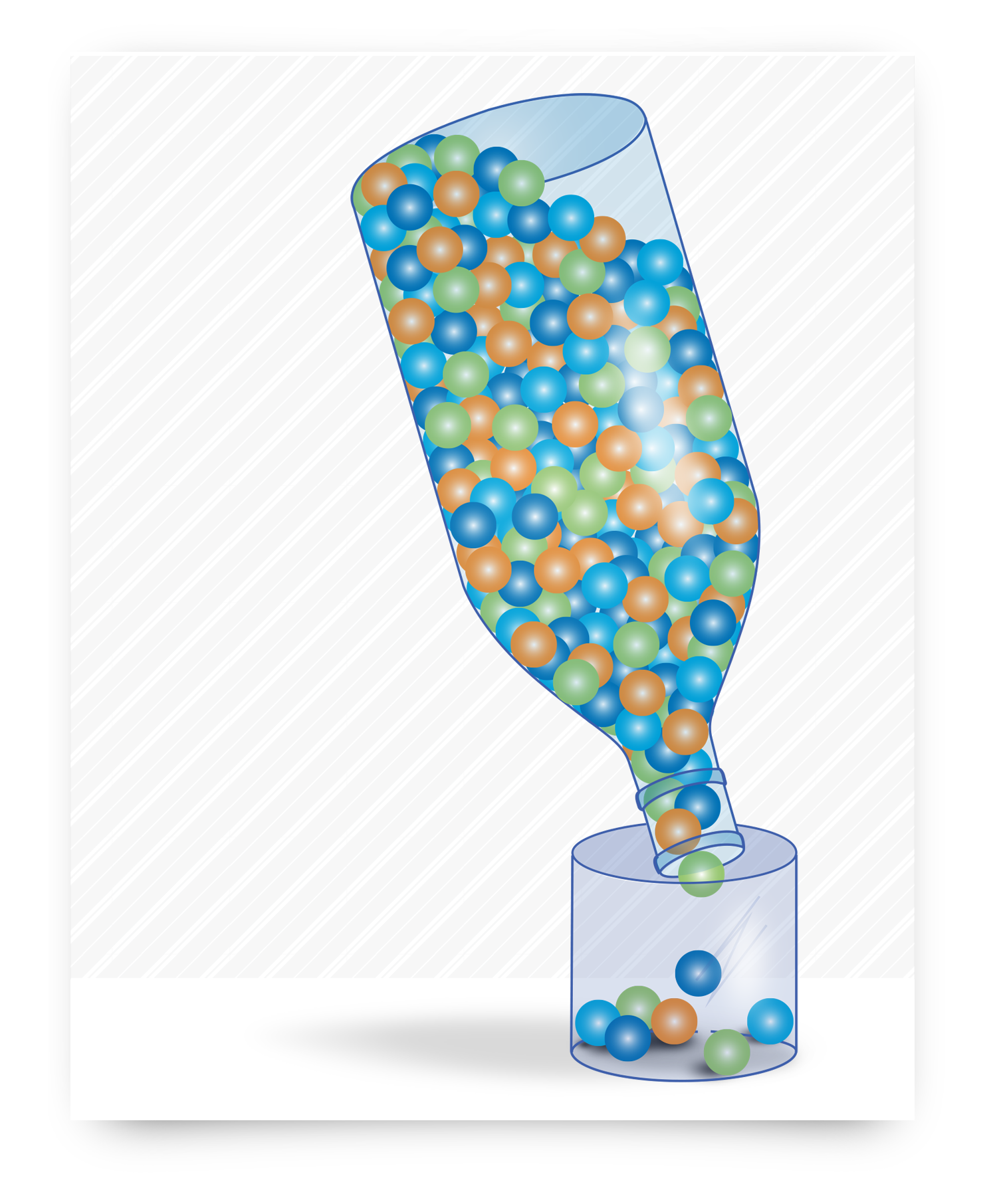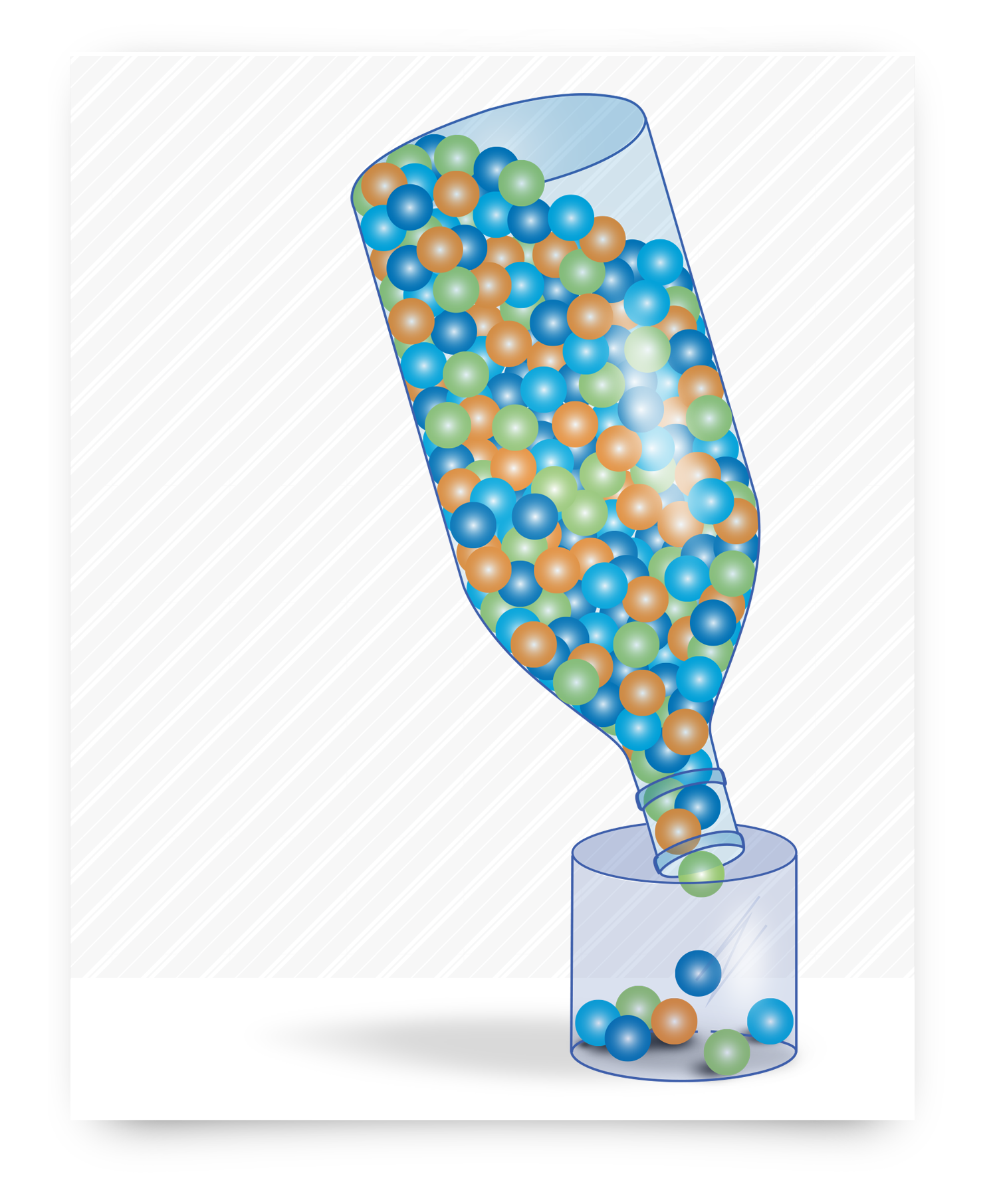The Law of Unintended Consequences Is Alive and Well
Erecting cases with a machine doesn’t automatically guarantee an increase in productivity. Without proper planning and consideration, a case erector can cause unanticipated problems and even turn out to be counterproductive. In the worst situations, production is constantly interrupted to recover from unplanned downtime or machine jams.
Why Bottlenecks Happen

There are many environmental factors that affect the performance of corrugated, particularly as it moves through a case erector – temperature, humidity, storage conditions, degree of warp, for example. And, of course, there’s the manufactured quality of the case blanks themselves – dimensional accuracy, depth of score lines, thickness (single wall, double wall), flute size and amount of recycled content – all affect the ability of the machine to produce a square case and to do it without jamming.
Additionally, relentless cost pressures and sustainability concerns are causing manufacturers to use:
- Thinner corrugated.
- Recycled corrugated.
- Thinner corrugated made with more recycled content.
These new generations of cases increase the ample environmental challenges that case erectors already face and can contribute to excessive machine jams and lost production instead of the intended benefits.
Knowledge, Experience and Anticipation Overcome Problems
But just because something isn’t easy doesn’t mean it’s impossible. Today’s best machines manage to overcome these challenges, make square cases, do so without jamming and deliver the intended productivity gains. Here’s why:
- The designers of these machines have a deep understanding of corrugated – both its strengths and weakness. They make machines that anticipate and overcome the environmental variations case blanks are exposed to. They force the case to open so it’s square and then fold and seal it so it’s rigid and the squareness is locked in. See 5 Steps to Producing a Square Case to learn more.
- They manage and control the case through the entire erecting and sealing process. Again, understanding and anticipation are keys. Every time a blank or a case moves, there’s the potential for something bad to happen. Effective case management is both an art and a science. Experience and good design, consistently refined, combined with a deep understanding of the corrugated medium virtually eliminate jams. See Why Do Case Erectors Jam to learn more.
Preparation Is the Key
Just to be on the safe side, a case erector should have 10 percent more capacity than the primary production line. Don’t forget Murphy’s Law. It says, “If something can go wrong, it will.” And usually at the worst time. No matter where you go around the world, almost everyone has a similar saying.
So be prepared. Build-in enough capacity to recover from unplanned downtime events like:
- Changes to different case sizes
- Tape breaks
- Tape changes
- Power outages
- Upstream or downstream problems
Good planning and sound implementation result in case erectors that are true assets instead of production bottlenecks. Properly deployed, they boost productivity while reducing costs and damage by ensuring that the commonplace corrugated case – that critical tool for supply chain efficiency – delivers its intended value.
Click here to find out how case erectors can benefit your company.
Written by: Bob Lemmen
Editor’s Note: This post was originally published in 2015 and has been updated
This post was published on September 7, 2017 and updated on November 13, 2017.
September 7, 2017

